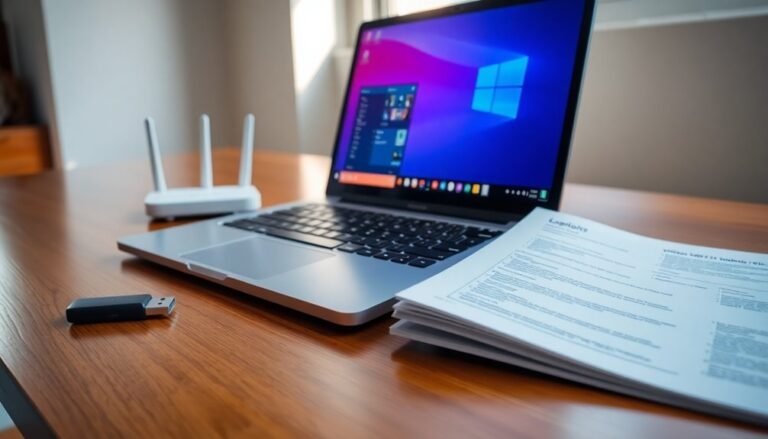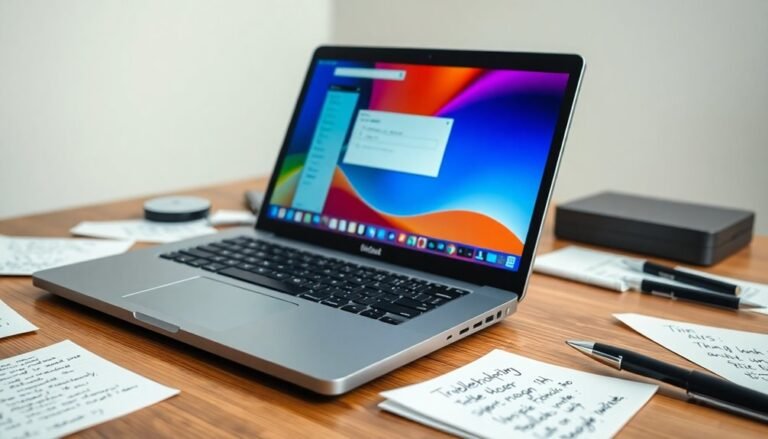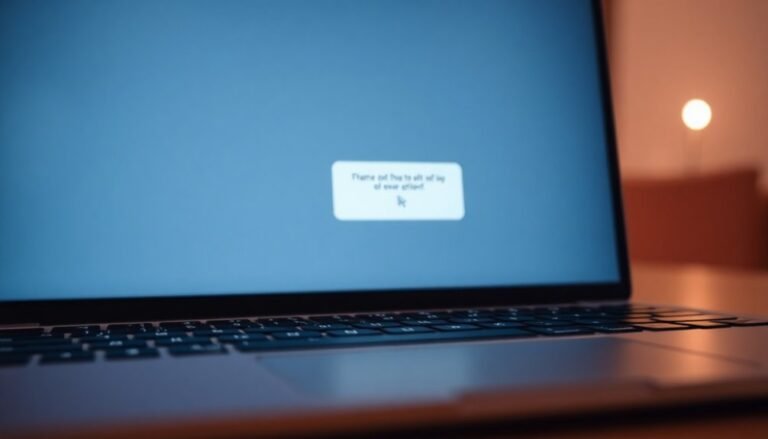Windows 11 Slow Update: Speed Up Windows 11 Update Installation
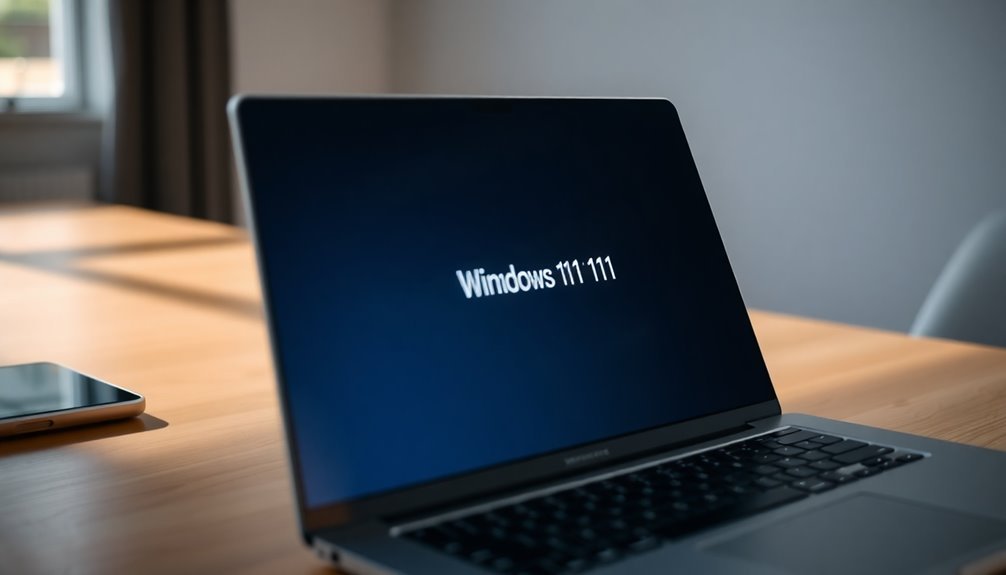
If your Windows 11 updates are installing slowly, start by freeing up disk space and disabling unnecessary startup programs. Pausing non-critical background services can also help speed up the process.
Run Disk Cleanup and ensure your drivers are up to date. Temporarily turn off any third-party antivirus software to avoid interference.
Use a wired Ethernet connection for a stable internet connection. Additionally, switch to High Performance mode in your power settings.
If issues persist, try running the Windows Update Troubleshooter. You can also reset update components or check for hardware bottlenecks.
There are more advanced tweaks available that can make the update process even smoother. Consider exploring these options if basic steps don’t resolve the problem.
Common Causes Behind Slow Windows 11 Updates
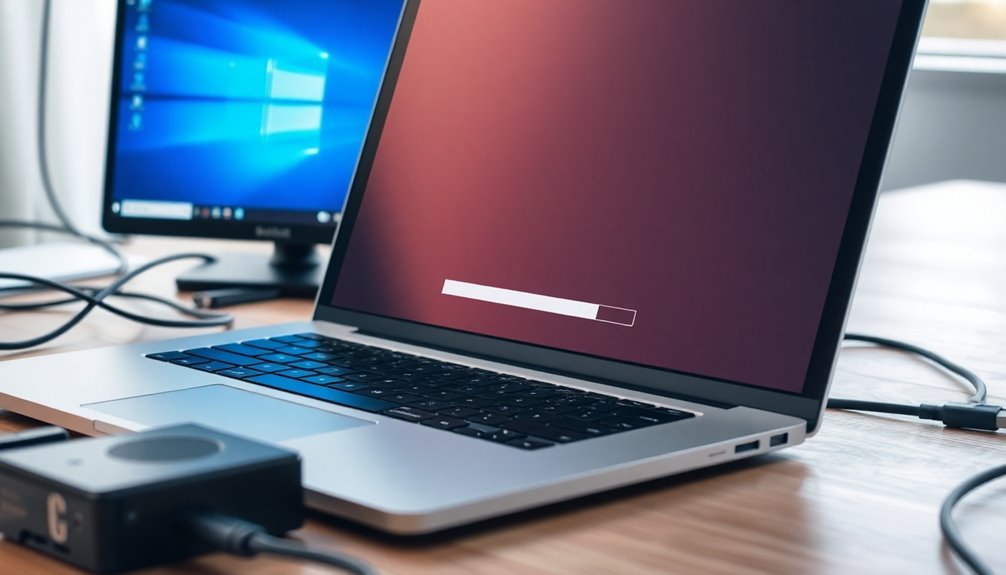
Common Reasons Why Windows 11 Update Is Slow and How to Fix It
If your Windows 11 update is taking longer than usual, several common issues might be causing the delay. One major factor is low hard drive space, especially on your system drive (usually the C: drive).
Windows 11 requires extra storage for temporary files during updates, so when your disk is nearly full, updates can slow down or even fail. To improve update speed, free up disk space by removing unnecessary files or apps.
Outdated or incompatible device drivers, particularly graphics and essential hardware drivers, are frequent culprits behind slow Windows 11 updates. These driver issues can cause installation delays or system crashes.
Updating your drivers manually or using Windows Update can help resolve these conflicts and speed up the process.
Background processes and unnecessary startup programs consume valuable CPU, RAM, and disk resources, which can significantly extend the update time.
Disable or close unneeded applications before starting the update to optimize performance. Additionally, malware infections or overly aggressive antivirus software can interfere with Windows 11 updates, causing them to stall or fail.
Running a full malware scan and temporarily disabling security software during updates may help.
Hardware limitations also impact Windows 11 update speed. Regular maintenance practices such as keeping your system and drivers updated and performing frequent malware scans can prevent many common update slowdowns.
Systems with limited RAM, slower traditional HDDs instead of SSDs, or overheating issues leading to thermal throttling will experience slower update times.
Upgrading hardware components or ensuring proper cooling can enhance update performance.
Essential Pre-Update Steps to Improve Speed
Essential Pre-Update Steps to Speed Up Your Windows 11 Installation
Before starting your Windows 11 update, following these essential pre-update steps can significantly speed up the installation process and reduce the risk of errors. First, ensure your PC meets all Windows 11 minimum requirements by running the official PC Health Check tool. Verify that TPM 2.0 and Secure Boot are enabled in your BIOS settings. Make sure you have at least 64 GB of free storage, plus an additional 20 GB buffer to accommodate the update.
Next, fully update your current Windows 10 system to prevent compatibility issues during the upgrade. Create a complete system image backup and save it to an external drive or cloud storage for added security. Double-check that your backups are recent and functional, and consider backing up critical user folders separately. Stanford users should note that Windows 10 support will end in Sept. 2025, so upgrading to Windows 11 is required for continued security and support.
Perform a thorough malware scan and clean up your disk by removing unnecessary files using the built-in Disk Cleanup utility. Disable any incompatible drivers or applications that might interfere with the update. Connect your device to a reliable power source and stable internet connection, and monitor system temperatures to ensure safe operation.
Lastly, communicate the upgrade schedule and instructions clearly to all users. Update helpdesk resources to assist with any potential issues, and ensure all important work is saved and applications are closed before beginning the update.
Following these best practices will help you achieve a faster, smoother Windows 11 upgrade experience.
Optimizing System Performance During Update Installation
How to Optimize Windows 11 Update Installation for Faster Performance
Windows 11 updates are mostly automatic, but you can speed up the installation and avoid errors by optimizing your system’s performance. Here are proven tips to enhance Windows 11 update installation:
1. Disable Unnecessary Startup Programs
Open Task Manager and turn off startup apps that aren’t needed during the update. This frees up CPU and memory resources.
2. Pause Non-Critical Background Services
Temporarily stop services like cloud syncing or media indexing to reduce background load.
3. Adjust Visual Effects for Best Performance
Go to System > Advanced settings, select “Adjust for best performance” to minimize visual effects and lower CPU and GPU usage.
4. Use High Performance Power Plan
Set your power plan to “High Performance” in Power Options and disable battery saver or connected standby to prevent system throttling.
5. Clear Temporary Files and Run Disk Cleanup
Before starting the update, delete temporary files and run Disk Cleanup to reduce disk I/O and ensure sufficient free space on your system drive.
6. Monitor and Manage Resource Usage
Use Resource Monitor to identify and stop resource-heavy third-party applications that may slow down the update process.
7. Optimize Network Connection
For faster update downloads, use a wired Ethernet connection and pause other network-intensive activities like streaming or large file transfers.
8. Temporarily Disable Non-Essential Security Scans
Turn off antivirus or malware scans during the update but remember to re-enable them afterward for continued protection.
By following these Windows 11 update optimization tips, you can ensure a faster, smoother, and error-free update experience.
Keep your system running at peak performance during updates to save time and avoid common installation issues.
Troubleshooting Persistently Slow Updates
How to Fix Persistently Slow Windows 11 Updates: Troubleshooting Tips
Are your Windows 11 updates taking forever to complete? Even after optimizing your system performance, slow updates can be frustrating. Follow these effective troubleshooting steps to speed up Windows Update and resolve common issues.
1. Run the Windows Update Troubleshooter
Navigate to Settings > System > Troubleshoot > Other troubleshooters > Windows Update. This built-in troubleshooter automatically detects and fixes many update-related problems. After running it, try updating Windows 11 again.
2. Reset Windows Update Components
If updates remain slow, reset key Windows Update components:
- Stop the Background Intelligent Transfer Service (BITS) and Windows Update services.
- Rename the SoftwareDistribution and Catroot2 folders to force Windows to create new ones.
- Restart the services and attempt the update again.
3. Repair System Files with SFC and DISM
Corrupted system files can cause update delays. Open an administrator Command Prompt and run:
- `sfc /scannow`
- `DISM /online /Cleanup-Image /ScanHealth`
- `DISM /online /Cleanup-Image /RestoreHealth`
These commands scan and repair system file corruption that may be slowing down updates.
4. Clear Windows Update Cache
Deleting cached update files can fix stuck updates:
- Stop the Windows Update service.
- Delete all contents inside `C:WindowsSoftwareDistributionDownload`.
- Restart the Windows Update service and try updating again.
5. Temporarily Disable Third-Party Antivirus Software
Sometimes, antivirus programs block or slow down Windows Update installations. Temporarily disable your third-party antivirus software during the update process to improve speed and success.
By following these proven troubleshooting methods, you can fix persistently slow Windows 11 updates and keep your PC running smoothly.
For more Windows 11 update tips and fixes, bookmark our blog and stay updated!
Long-Term Maintenance for Faster Future Updates
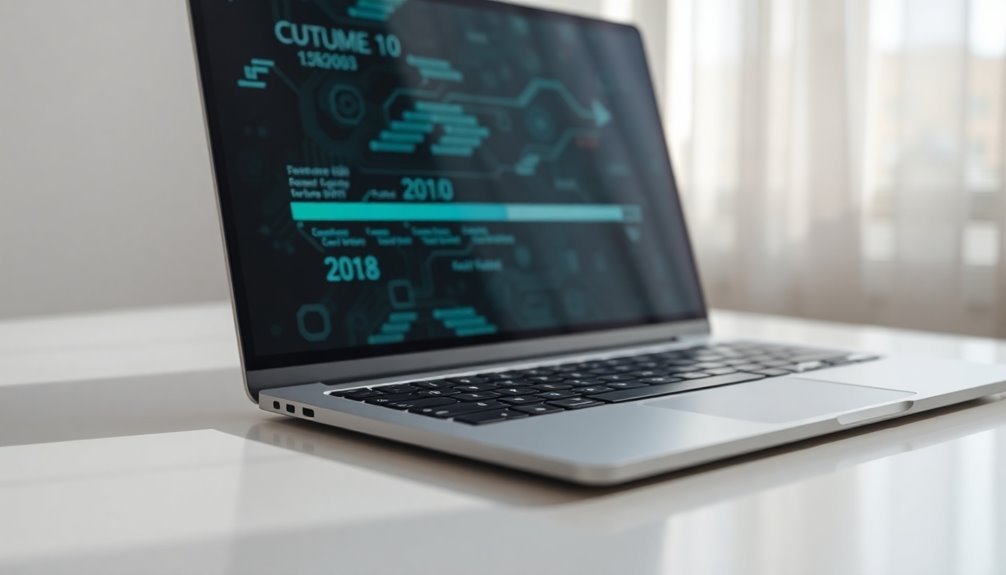
Long-Term Maintenance Tips for Faster Windows 11 Updates
To ensure Windows 11 updates install quickly and reliably, implement consistent system maintenance practices that keep your PC optimized. Regularly perform Disk Cleanup and enable Storage Sense to automatically remove temporary files and system cache, reducing update delays.
Uninstall unused applications and defragment hard drives (HDDs) to improve overall system performance. Use trusted registry cleaners to fix errors that might cause update failures.
Schedule maintenance windows during low-usage times to allow updates, restarts, and deployments to complete smoothly without disrupting your workflow. Set update recurrence and monitor alerts to quickly reschedule any failed updates.
Enable automatic updates for critical security patches and utilize Windows Defender to detect and resolve vulnerabilities early. Keep all software and device drivers up to date to prevent compatibility problems.
Regularly review user accounts and access permissions, removing inactive accounts and limiting privileges to minimize security risks that could impact updates.
Monitor update history and stay informed about Microsoft’s update lifecycle to optimize your maintenance schedule. Following these long-term maintenance tips will help you enjoy faster, more reliable Windows 11 updates and a smoother computing experience.
Hardware Upgrades to Accelerate Windows 11 Updates
Boost Windows 11 Update Speeds with Essential Hardware Upgrades
Enhance your Windows 11 update experience by upgrading your hardware for faster installation times and smoother performance. One of the most effective upgrades is switching from a traditional HDD to a high-speed SSD, preferably an NVMe SSD. These drives offer significantly faster read/write speeds, reducing update installation times by over 50% compared to older storage solutions.
If your Windows 11 update progress seems stuck or slow, a storage upgrade can dramatically improve performance.
Ensure your PC is equipped with a modern, multi-core CPU with high clock speeds. Windows 11 updates benefit greatly from increased processing power, enabling quicker unpacking and installation. Older processors can bottleneck the update process despite software optimizations.
Additionally, having at least 16 GB of RAM helps prevent memory-related bottlenecks, allowing updates to run efficiently alongside other background tasks.
Network hardware also plays a vital role in speeding up Windows 11 update downloads. Upgrade to Gigabit Ethernet or Wi-Fi 6 to enjoy faster and more reliable internet connectivity, ensuring your updates download without unnecessary delays.
Lastly, regularly update your BIOS or UEFI firmware to maintain compatibility and avoid potential stalls during the Windows 11 update process. Keeping your system firmware current helps ensure seamless hardware and software integration.
Advanced Configuration Tweaks to Enhance Update Speed
Boost Windows 11 Update Speed with Advanced Configuration Tweaks
Enhance your Windows 11 update speed beyond hardware upgrades by applying advanced system-level tweaks. Start by disabling non-essential background services during updates using Services.msc or PowerShell.
Automate service suspension and restart with custom scripts to streamline the update process. In Task Manager, close resource-intensive apps and optimize Windows Update Delivery Optimization settings to limit bandwidth sharing and improve download speeds.
Speed up update installation by tweaking the Windows Registry: adjust timeout and retry intervals, increase metadata cache size, and disable automatic reboot warnings. Always back up your registry before making changes to avoid issues.
Use the Group Policy Editor to disable auto-restart notifications, defer optional updates, and schedule updates during off-hours to reduce interruptions.
Optimize power settings by enabling Performance Mode and temporarily disabling sleep or battery saver modes. Allocate higher CPU priority to update tasks for faster processing.
For better network performance, flush DNS, reset network adapters, disable VPNs, and switch to a wired Ethernet connection. Additionally, run Disk Cleanup and defragment your drives regularly to ensure smooth update extraction and installation.
Implementing these advanced configuration tweaks will significantly accelerate your Windows 11 updates, resulting in a faster, more efficient, and hassle-free update experience.
Frequently Asked Questions
Can Slow Windows 11 Updates Cause Data Loss or File Corruption?
Yes, slow Windows 11 updates can cause data loss or file corruption if interrupted or if system errors occur during installation. Always back up important data before updating, and avoid forced shutdowns or restarts during the update process.
Does Pausing Updates Improve Overall Windows 11 Performance?
No, pausing updates doesn’t improve overall Windows 11 performance; you only delay update-related slowdowns, avoid sudden restarts, and prevent new bugs temporarily. You don’t optimize overall efficiency, enhance speed, or resolve underlying performance issues this way.
Are Third-Party Update Tools Safe for Accelerating Windows 11 Updates?
You shouldn’t fully trust third-party update tools for accelerating updates, since they can introduce risks like malware, system instability, or compatibility issues. Always vet software sources, create backups, and prioritize official Windows Update options for maximum safety and reliability.
How Does Update Speed Differ Between Windows 11 Home and Pro Editions?
Think of update speed as a race where both Home and Pro editions run neck-and-neck. You won’t notice much difference—hardware matters more. Only advanced Pro features, like BitLocker or Hyper-V, might slightly slow updates if actively used.
Can Dual-Boot Setups Impact Windows 11 Update Installation Speed?
Yes, dual-boot setups can slow Windows 11 update installation if disk space is low or if bootloader issues cause slow restarts. Free up disk space, manage partitions carefully, and guarantee bootloaders are compatible to avoid delays.
Conclusion
By following these tips, you’ll speed up Windows 11 updates and avoid frustrating delays. For example, after upgrading her SSD and disabling unnecessary startup apps, Maria saw her update time drop from over an hour to just 15 minutes. Regular maintenance, optimizing system settings, and considering hardware upgrades can make all the difference. Don’t let slow updates disrupt your workflow—take control, troubleshoot methodically, and keep your system running efficiently with every update.
